In the heart of the cool green pine forest in Duong Xuan Thuong village, about 8km from Hue city center, Tu Duc Mausoleum appears like a quiet picture. This is the resting place of King Tu Duc - the king with the longest reign in the history of the Nguyen Dynasty, who was also a poet, loved nature and art.
Let's come to Hue City with MLifeOn and explore this special construction through the article below.
History - the mark of a dynasty
The mausoleum was built from 1864 to 1867, when King Tu Duc was still in power and was used as a palace to rest and compose poetry. Therefore, Tu Duc mausoleum is not only a mausoleum, but also a hyphen between politics and emotions, between power and poetry.
The first time I set foot here, I did not feel the heavy atmosphere like in a mausoleum, but on the contrary, I felt like I was lost in a quiet garden, where time stopped and my mind was light.
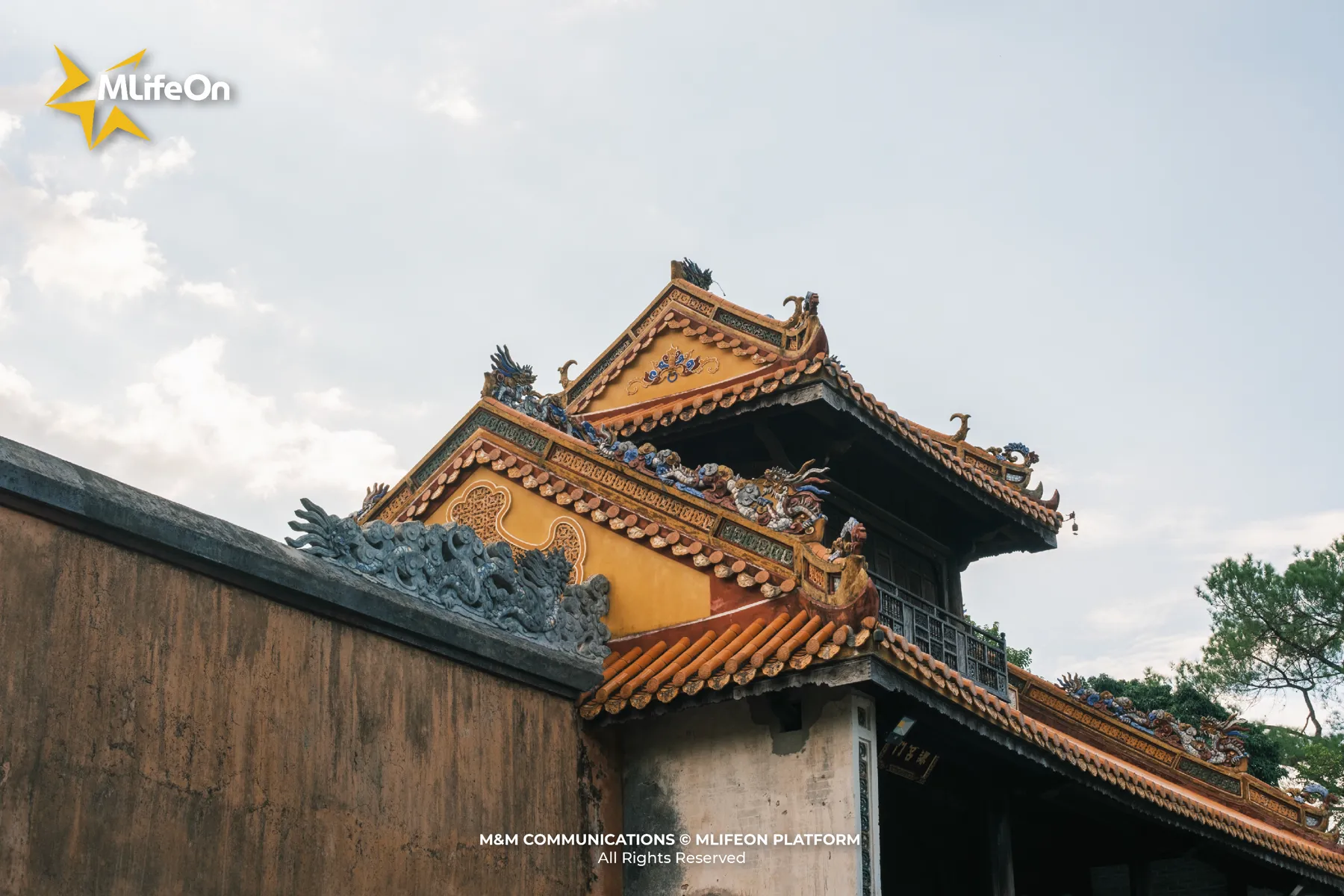
Tu Duc Mausoleum has a peaceful and attractive appearance
Architecture - the intersection of order and poetry
Unlike the massiveness and majesty of many mausoleums in Hue City, Tu Duc Mausoleum has a humble and graceful appearance. The overall architecture is arranged harmoniously, divided into two main areas: the palace area - where the king used to rest and work; and the mausoleum – his eternal resting place.
The buildings here are all hidden among pine forests, lakes, and rocky slopes. When I walked through the Vong Canh Dai, I suddenly realized that the space here is like a poem rhymed with wooden pillars, mossy tiled roofs, and winding paths following the natural terrain.
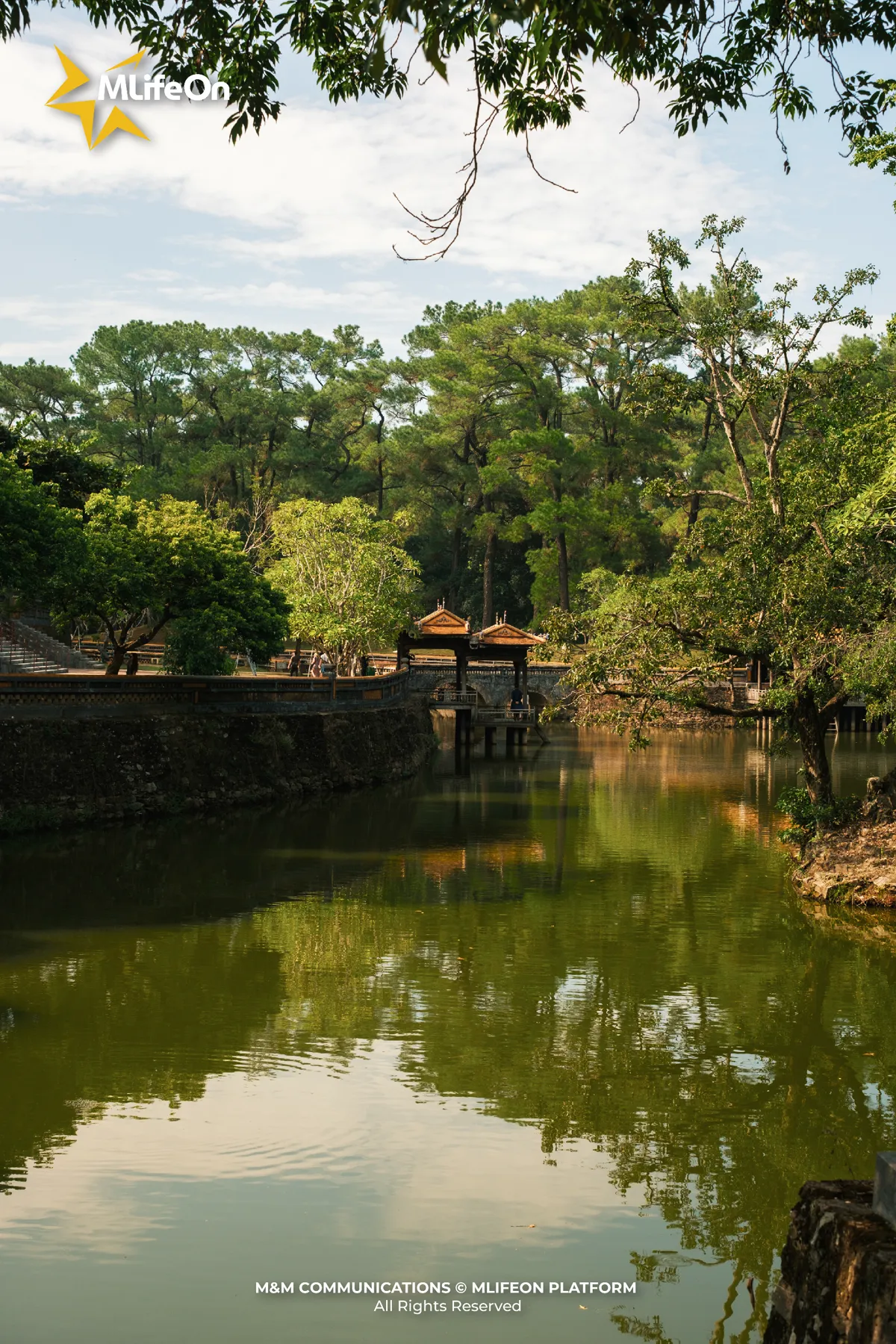
The most prominent building is the Hoa Khiem Palace – where the king sits to read books and write poems, built of ironwood, simple but full of character. Next to it is Luu Khiem Lake, the water surface is as calm as a mirror, reflecting the forest and the clouds – an ideal place to relax the soul.
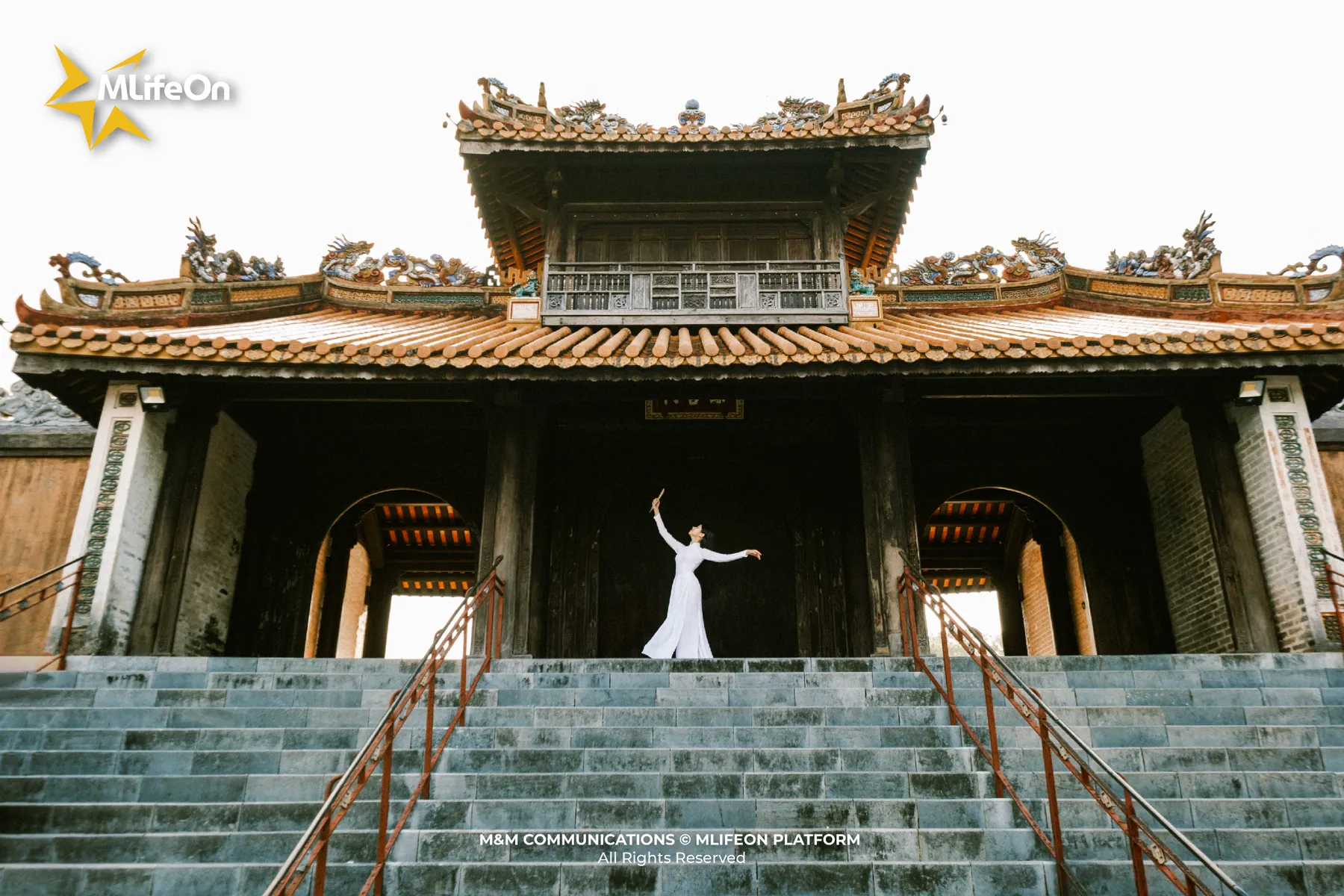
Hoa Khiem Palace with outstanding architecture, owns many beautiful shooting angles
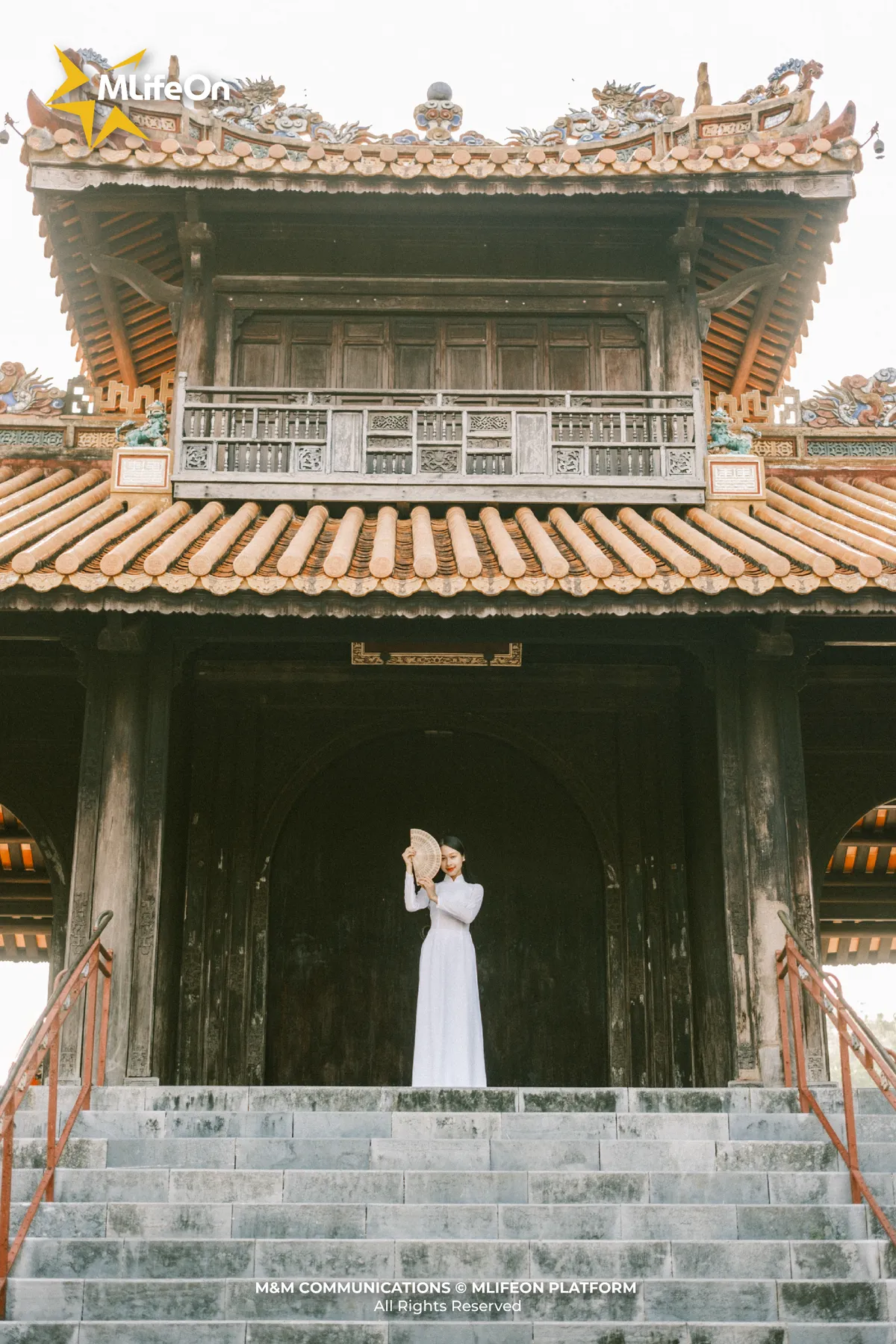
I sat by the lake for a long time, saying nothing, just listening to the sound of the wind blowing through the leaves and the sound of the water rippling against the rocks. It is not a flashy beauty, but the beauty of serenity.
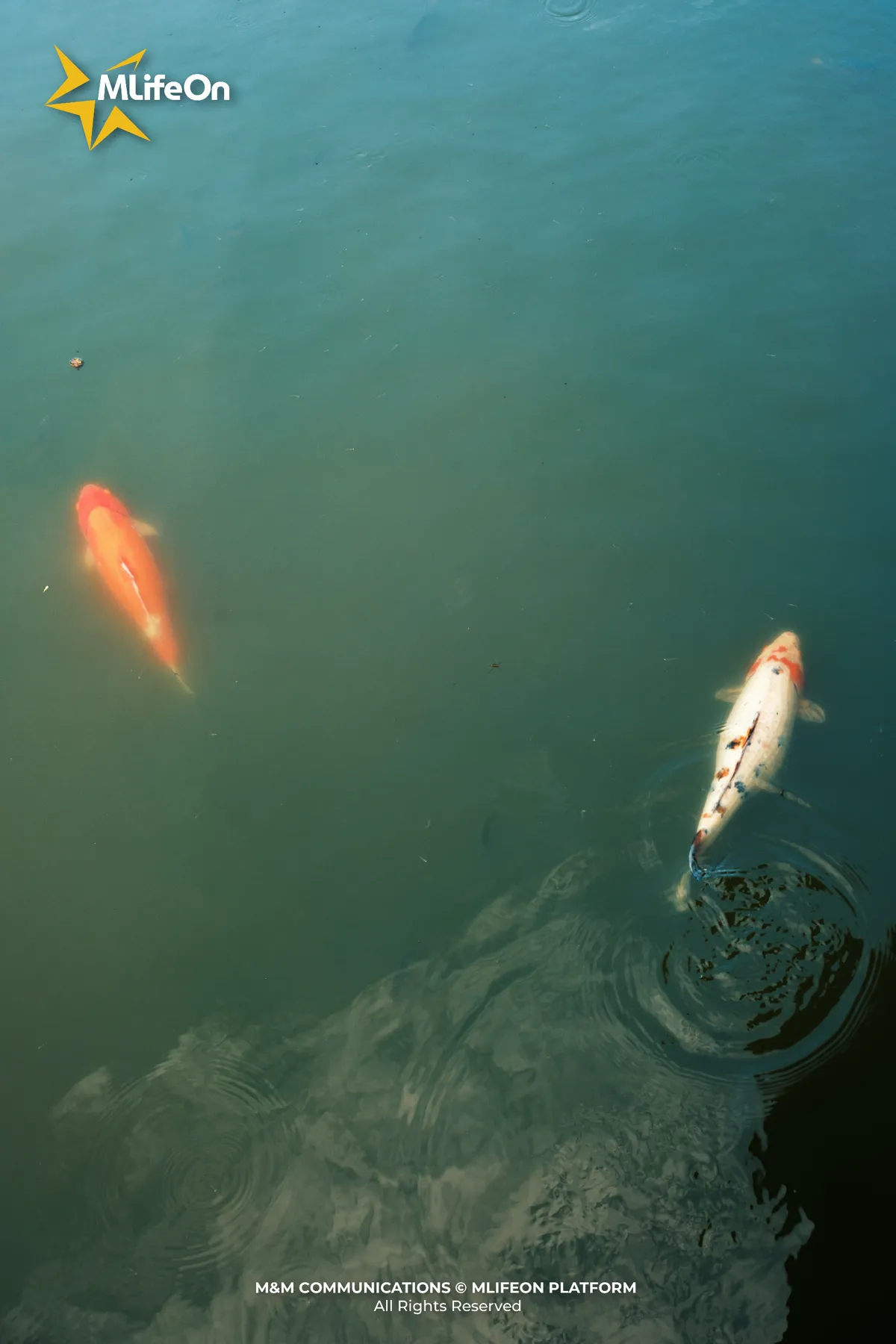
Looking at Tu Duc Mausoleum today
Time does not take away the beauty of Tu Duc Mausoleum, on the contrary, it creates a layer of charming “ancient soul”. Each season, this place has its own unique features: spring with green buds, summer with bright sunshine and cicada sounds, autumn with quiet golden leaves, winter with mist lingering on the lake.
When I returned to Tu Duc Mausoleum on a summer afternoon, the trees were lush green, the lake surface was sparkling with sunlight above. Amidst the hot, sultry weather, the space was almost silent. It felt like every brick, every piece of wood was whispering verses that King Tu Duc had not yet finished writing.
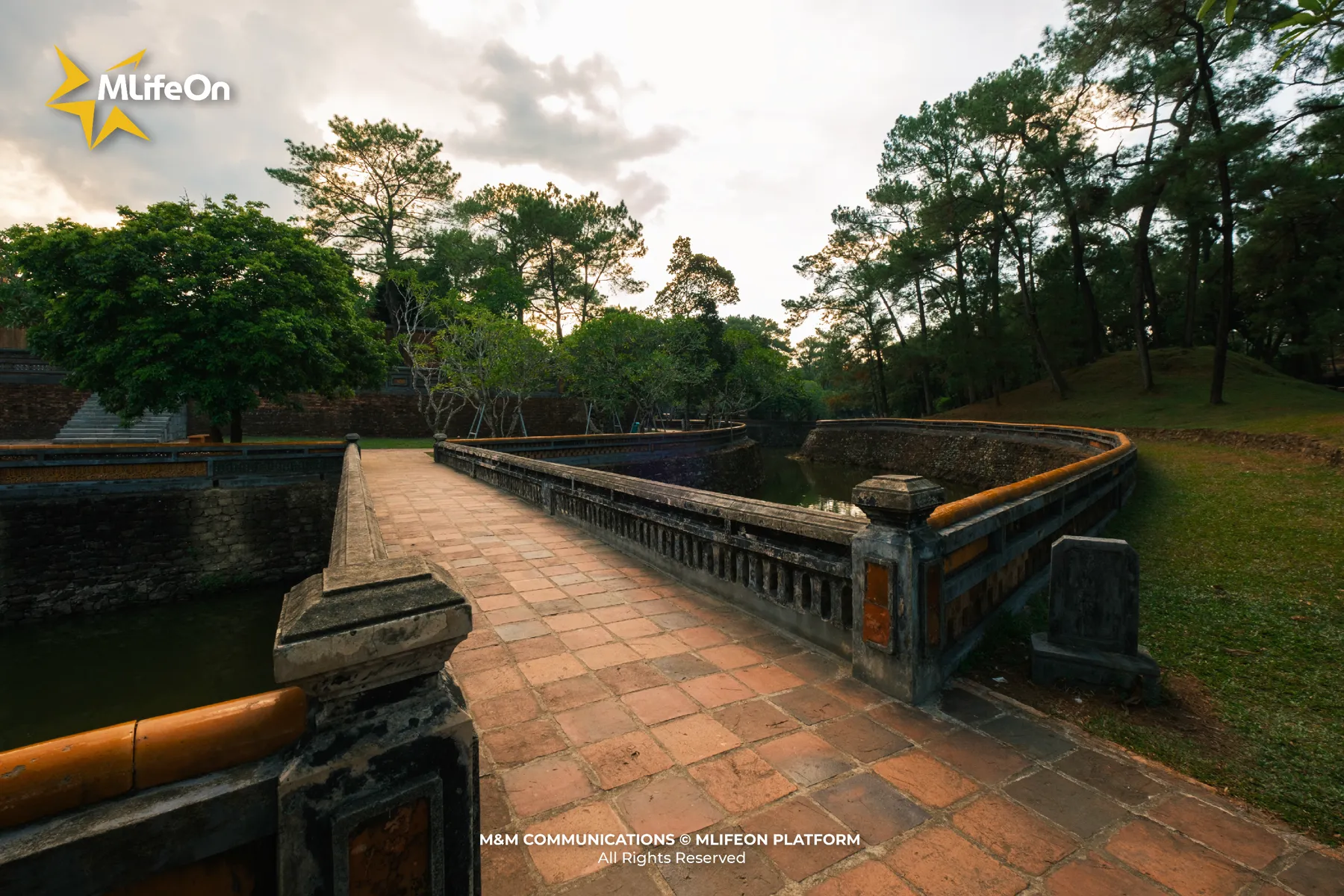
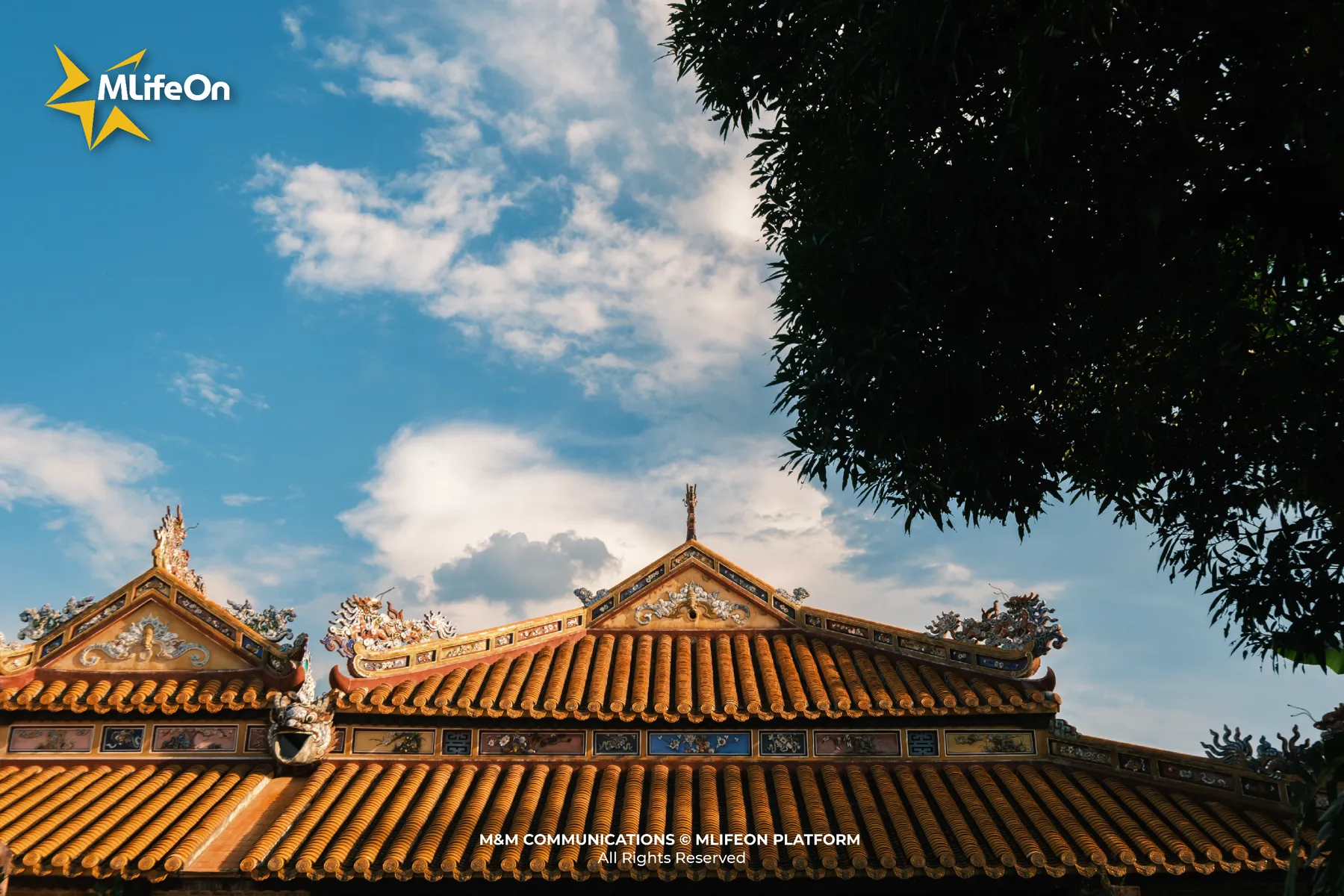
Summer is coming, the bright yellow sunlight makes the construction here even more attractive.
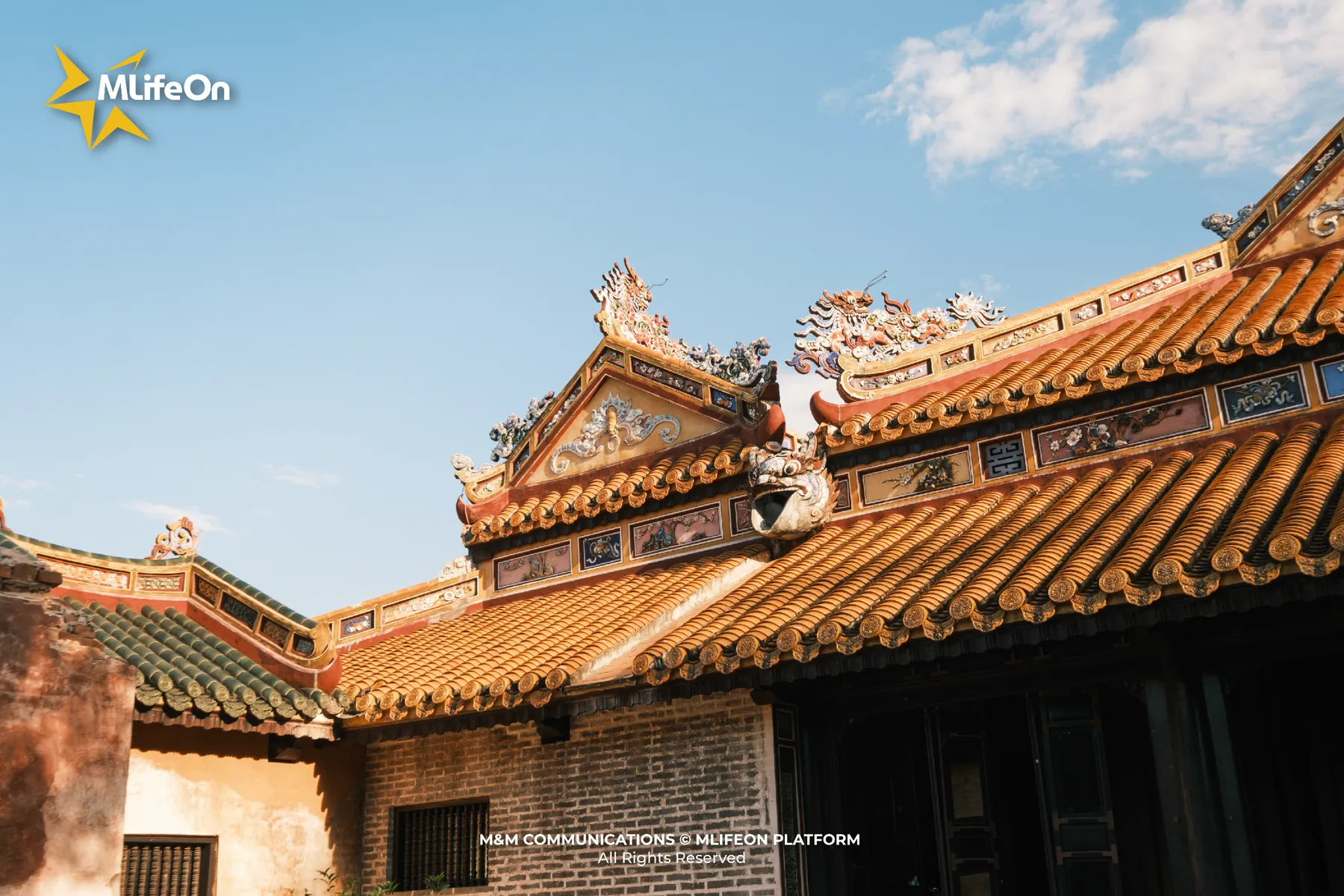
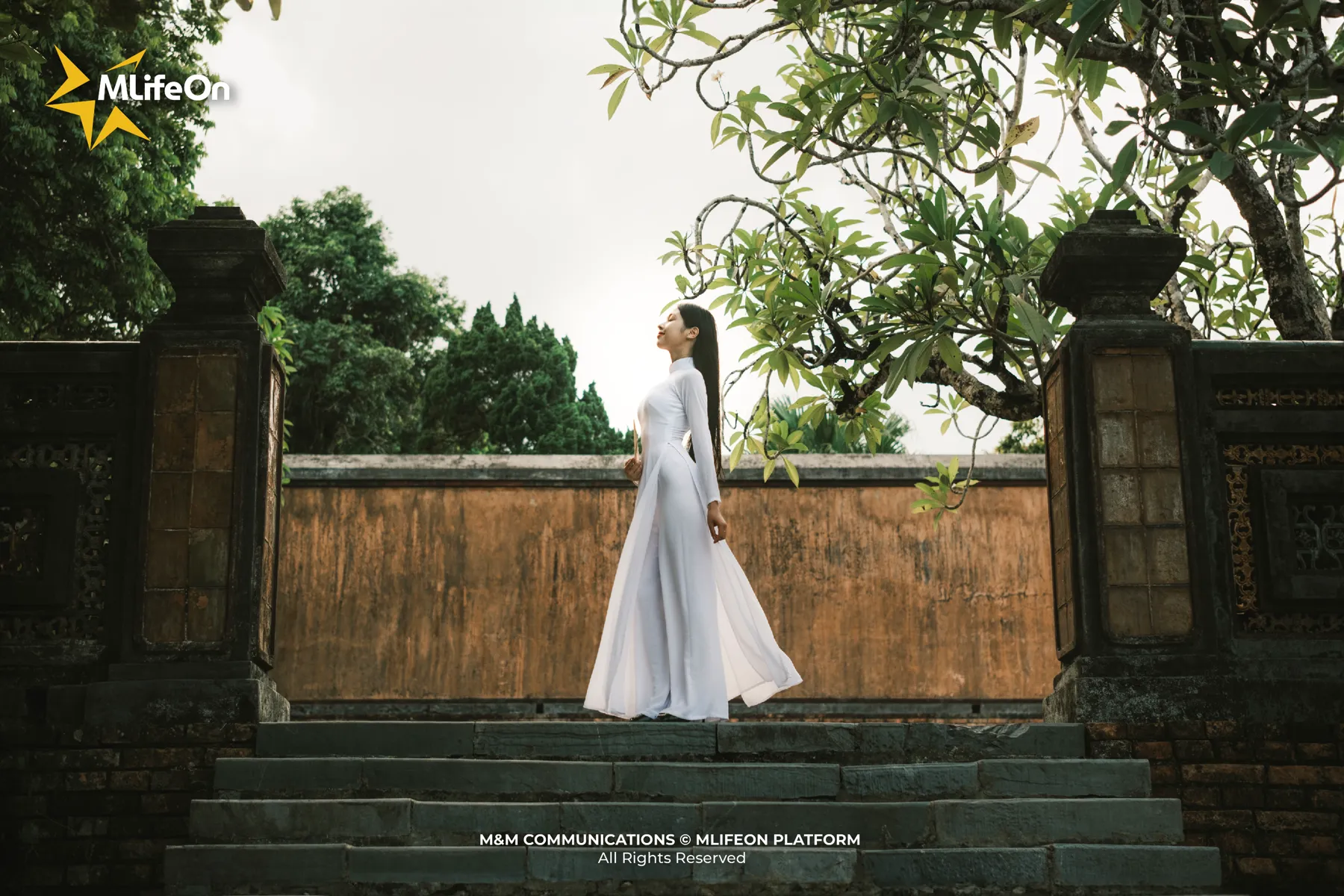
Today, Tu Duc Mausoleum is an indispensable highlight when exploring Hue. With its unique architecture, peaceful space and profound historical value, this is also a favorite destination for those looking for gentle, classical beauty in their Hue travel journey.
Once, I came across a group of students sitting under the porch of Khiem Cung Mon Palace, reading the biography of King Tu Duc with shining eyes. I believe that history is not dry, if felt with the heart.
Conclusion
In the heart of the ancient capital, Tu Duc Mausoleum is a charming highlight - not ostentatious, not bustling, but still deep enough for people to remember forever. This is not simply the resting place of a king, but a place for modern people to calm down, touch the depth of ancient architecture, and listen to history speak in a very gentle, very poetic voice.
—---
CREDIT:
- Photography: Luan Nguyen
- Content: Giang Huynh
- Design: Trung Huynh





















